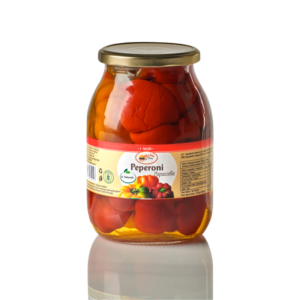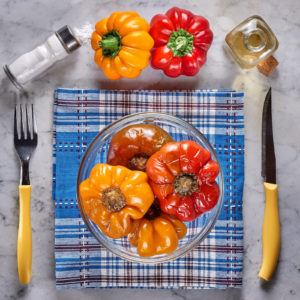Additional information
| Source area | Vesuvian/Pomigliano/Nola countryside - Italy |
|---|---|
| Nutritional Intake | Very high content of calcium, magnesium, phosphorus, iron. The fresh vegetable is rich in vitamin B (B1, B2), vitamin C and many flavonoids and derivates (like quercitine). It is characterized by bitterish taste thanks to glucosinolate, which is antioxidant for man and phyto-colouring for the plant. |
| Period of transformation | From the second week of October to the first week of April |
| Trivia | The word “friariello” may derive from Castillan “friogrelos”, which means “winter broccoli”. Also, it might arise from “frijere”, which in Neapolitan means “to fry”. Anyway, there’s a strong connection between this vegetable and the city of Napoli: as a matter of fact, until the XVII century, Neapolitans were called “magnafoglie” (literally “leaf-eaters”), because of the intensive friarielli cultivation on the Vomero Hill (so called “ ‘o colle d’e friarielli, the friarielli’s hill), as well as for its wide culinary use, since this vegetable was poor and affordable to everyone. |


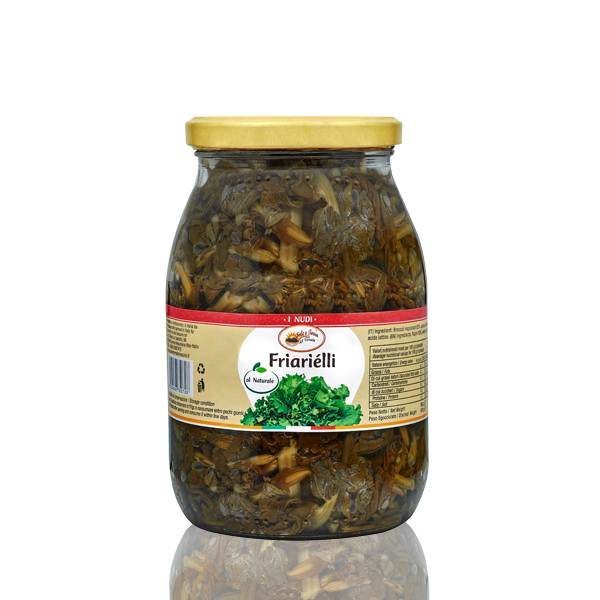
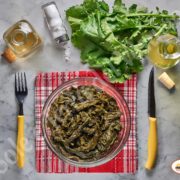
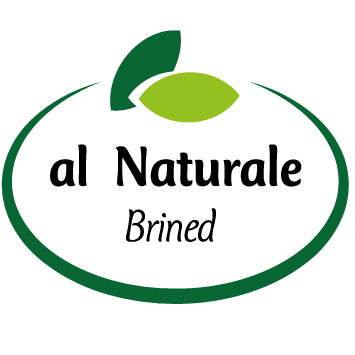
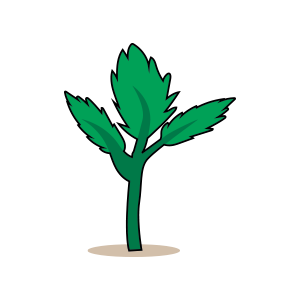 Neapolitan Broccoli (Friarièlli) 62%
Neapolitan Broccoli (Friarièlli) 62% Water
Water Sea salt
Sea salt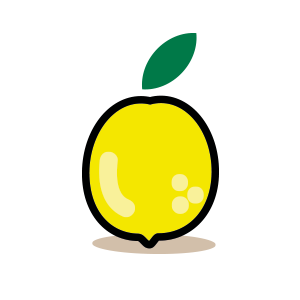 Acidifier: citric acid.
Acidifier: citric acid.


